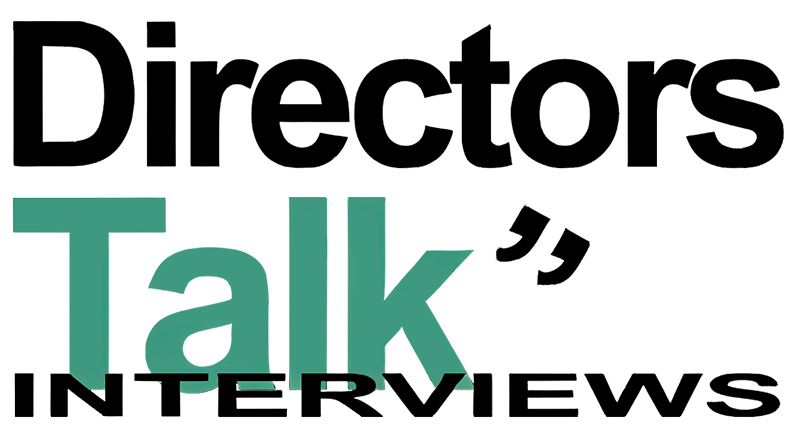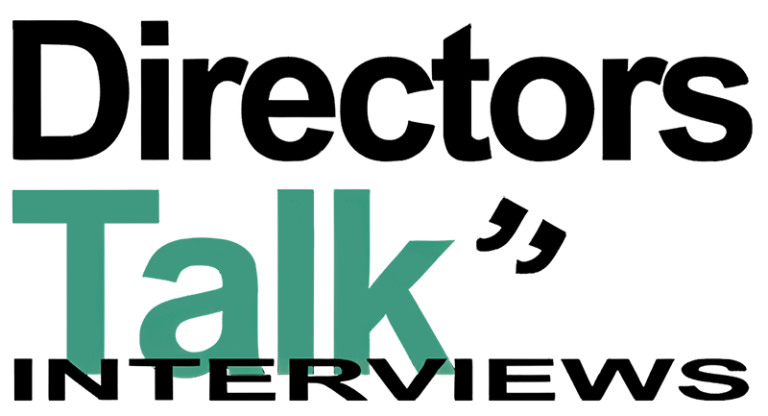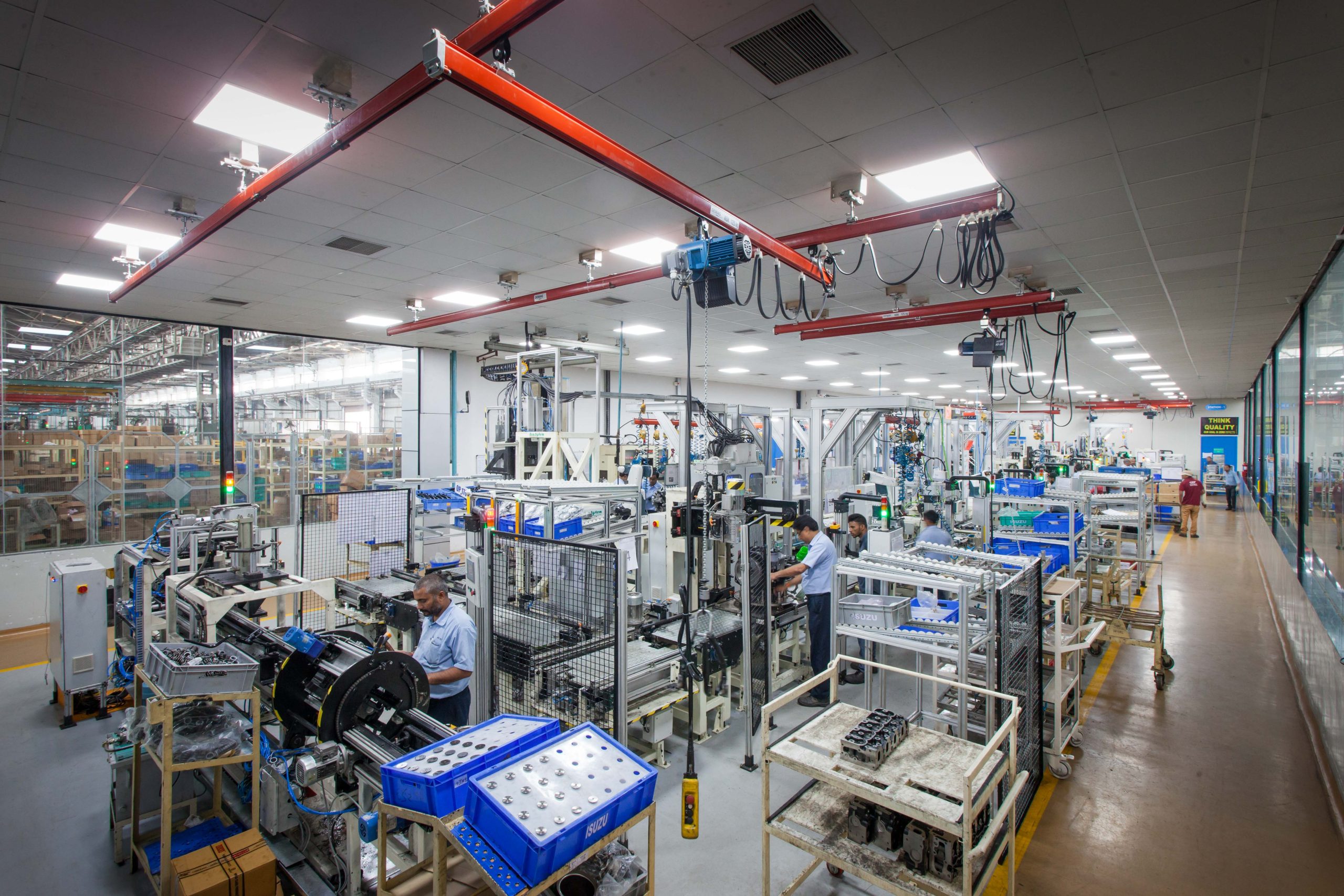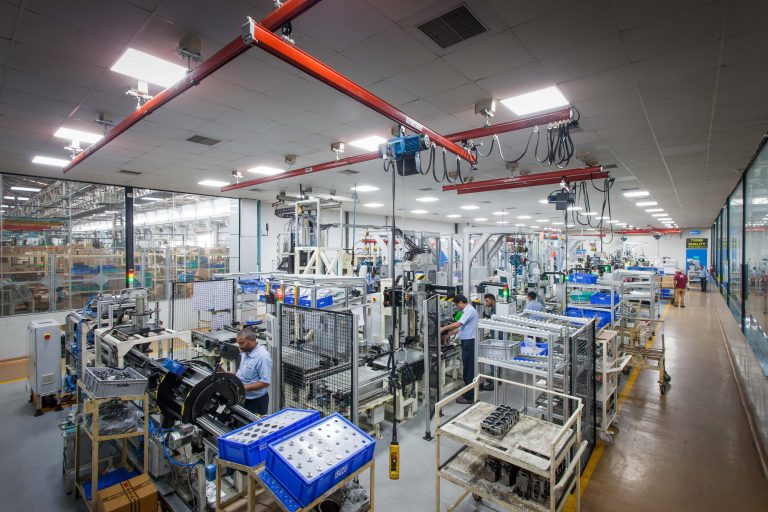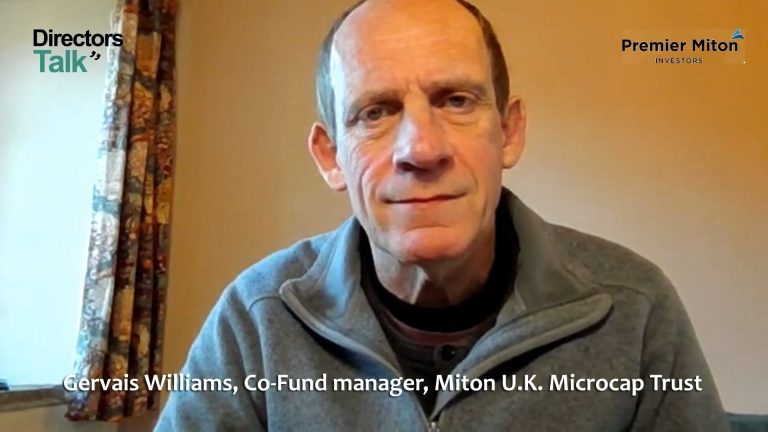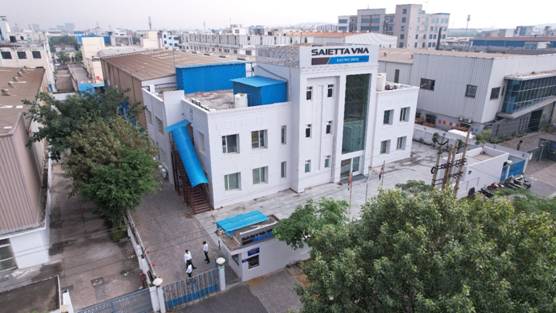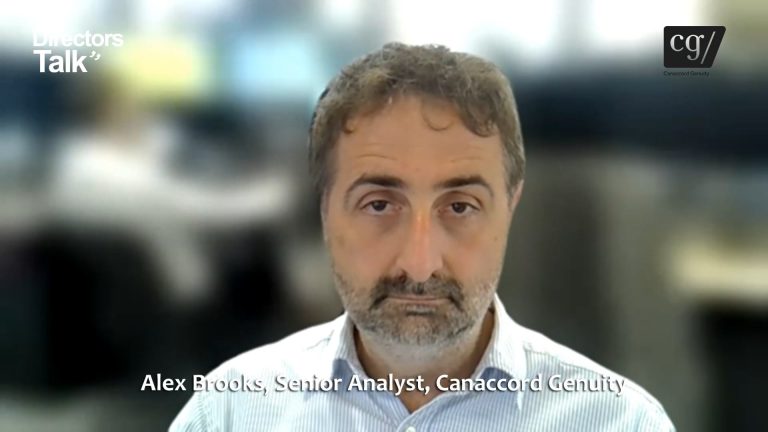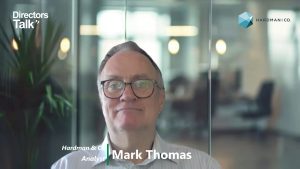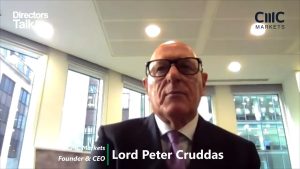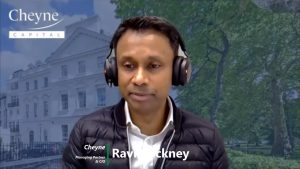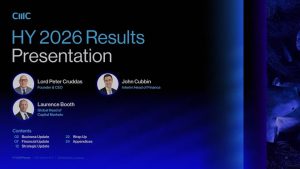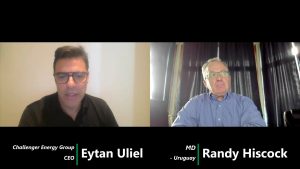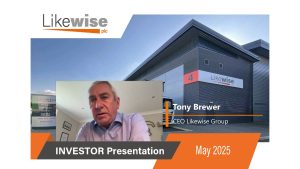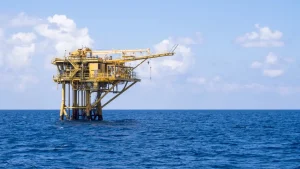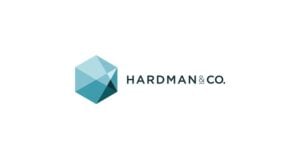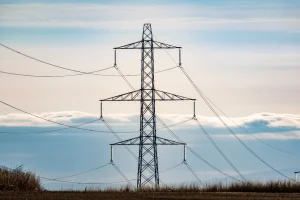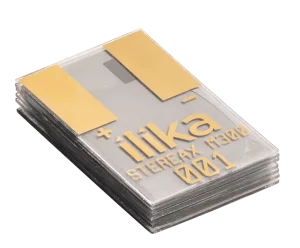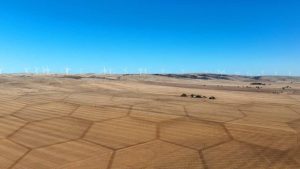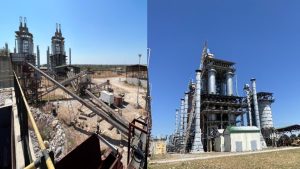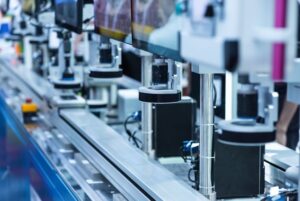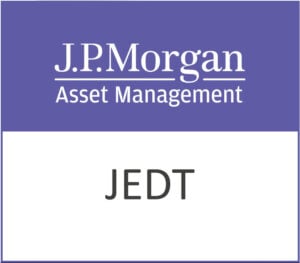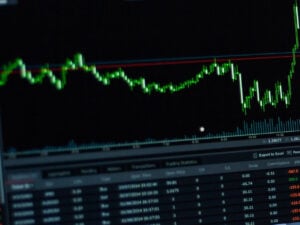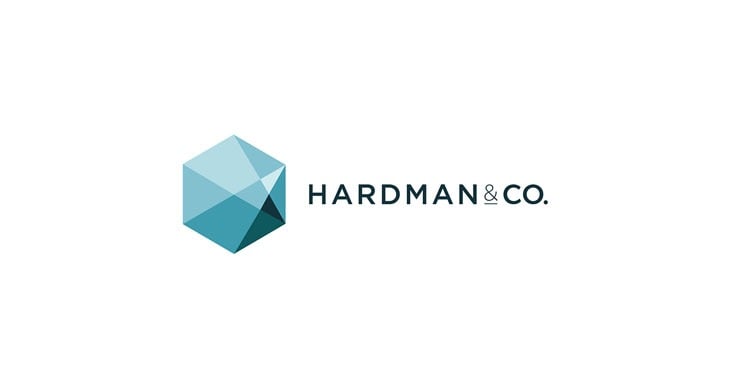Saietta Group plc (LON:SED) is the topic of conversation when Canaccord Genuity London’s Senior Analyst Alex Brooks caught up with DirectorsTalk for an exclusive interview.
Q1: Alex, what were the highlights from Saietta Group’s FY23 results, in your view?
A1: So, really there are three things. Obviously, these were somewhat delayed results so it’s good to have them out in the first place.
The real highlights are, firstly, there are some new orders. There is an additional order for the Indian joint venture, an additional product line for the Indian joint venture, and the preparation of an additional contract for Sunderland, which is their UK manufacturing hub. So, those were the kind of key operational highlights.
Obviously, financially, the group has been very much in a ramp-up phase over the course of the last couple of years, and hopefully we can come back a bit later to the financial outlook and the company’s stated need for further capital.
Q2: So, the Group announced two new customer product lines since it secured its first order for a major Indian OEM, that was 27th September. What impact will the new customer product lines have on the company, do you think?
A2: Well, what these lines are, these are electric drive systems for two and three-wheeler vehicles, mainly for the Indian market.
There’s one customer, the existing customer, which is a global OEM with large operations in India, and then there’s a second product which is being explored for a different Indian customer.
These are volume awards, obviously, India is a very large market, and remember that the Group makes money on these in two ways; one is from the licence payments, and the other is from its 50% share in the Indian joint venture.
All of these really give confidence in the ability of the company to get further awards, there are multiple other customers in India, and also give us some real visibility on earnings for that Indian joint venture.
Q3: So, just how important is the Indian two and three-wheeler markets to the Group following the order?
A3: I think if you look across their revenue base, that market will be in the very near term more than half of their revenue, the other half will be coming from some UK manufacturing, some of which is for export, and some modest licence payments from a big US customer, ConMet.
In the medium term, that is one of the leading growth markets in automotive, there are more than 18 million two and three-wheelers sold in India annually. The number is growing at high single digits annually, and it’s a market where there is real space for electrification and a real push by those OEMs to move to electric solutions.
Q4: Would you say that the company is now delivering on its IPO vision?
A4: I think if you look back to the IPO vision, the company went out with a plan to sell this innovative axial flux technology motor, which is really about changing the way the coils are oriented in a motor to give it better torque at low voltage. That low voltage is particularly important for the Indian market, where you tend to have a lot of roadside repairs and you don’t really want to be running with potentially deadly voltages in the vehicles.
What they’ve done since IPO is they’ve done a couple of acquisitions, one of those brought inverters, the other one brought a radial flux technology. They also came with some other things as well, which have largely been discontinued or suspended.
The combination of what they’re selling now, which is the electric motor, the inverter, the control unit and the gearboxes, and they can do that either with the relatively higher cost axial flux design or the relatively lower cost radial flux design, gives something which is really attractive to manufacturers.
If you look at what they are selling, what the backlog is for SaiettaVNA, it’s a real mixture of AFT and RFT designs, but it is all eDrive systems, and it’s that eDrive system that’s really the important bit.
Q5: You mentioned the two different eDrive systems, AFT and RFT, can you explain for us the difference between the two?
A5: Radial flux technology is the traditional motor architecture, which is where you have essentially the lines of the coils in the motor, which are in line with the axle of the motor, and then an axial flux is where they’re basically shifted through 90 degrees.
The big advantage of axial flux is that it enables a much, much higher torque at lower speed and it also gives a much more steady motion at lower speed.
What they have developed in axial flux is a set of geometries and a set of manufacturing techniques that really address some of the traditional challenges with AFT motors. What that means is that they’re able to manufacture them at a price point that is appropriate for the Indian market.
If you look at other people doing AFT motors, there’s a couple of other European players, but they’re typically at price points that are triple or more of the Group is able to manufacture. That really has been the core technology for them is this AFT.
Obviously RFT is a lower priced unit for a much lower power, typically a very, very small three-wheeler unit or a small two-wheeler.
Q6: What’s your view of the Group’s strategy to refocus the company on the lightweight eDrive systems?
A6: Well, two of the things that have happened since IPO are they bought some assets from Evergrande in the Netherlands and they bought a manufacturing facility in Sunderland.
What the Evergrande facility brought with it was inverters and gearboxes, obviously both of which are pretty important to the integrated E-Drive system, and what Sunderland brought with it is a domestic UK manufacturing capability, which has really supported their initial order from AYRO.
The key thing that has shifted in the strategy is, as I say, moving from purely being a motor manufacturer to being an integrated eDrive supplier, and those acquisitions have enabled that.
Now, with those acquisitions also came some other activities which frankly have just proven a distraction, and so the joint venture with ConMet to do in-wheel motor manufacturing, there was a truck and bus retrofit business and a marine motor business, all of those are either disposed of or suspended or otherwise not a distraction.
We’re really very much back to the core IPO vision of sales into the two and three wheeler market in Asia, predominantly in India.
Q7: You mentioned earlier the outlook for the company, how do you view its future earnings and its financial health?
A7: Well, obviously the company has put in the full year results, this statement that they are in need of further equity capital by the end of the current quarter, so by the end of December.
If you look at the cash position at the end of August, they were on £1.2 million in cash, they have some recovery that’s possible from things that were bought by the Group that are then going into the Indian joint venture so there’ll be cash upstream into the parent.
The outlook for SaiettaVNA is extremely attractive. You’ve got a business which we think on the basis of the existing disclosed products could easily be doing north of £100 million in revenue, and profitably, and they have a 50% share of that business.
You have the royalty revenues, which come from SaiettaVNA and from ConMet, which is the US manufacturer, which is licensing their technology, and you have an engineering design service business, which is also profitable.
So, you’ve got a set of things that are attractive and the company, the management are giving guidance that they expect to be profitable in the financial year ending March 2025.
Clearly, there is a financial bridge to cross to get there, and that is what the company is very focused on at the moment and frankly, what the focus of my organisation is right now.
